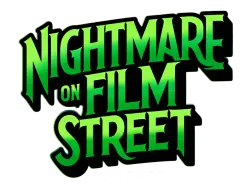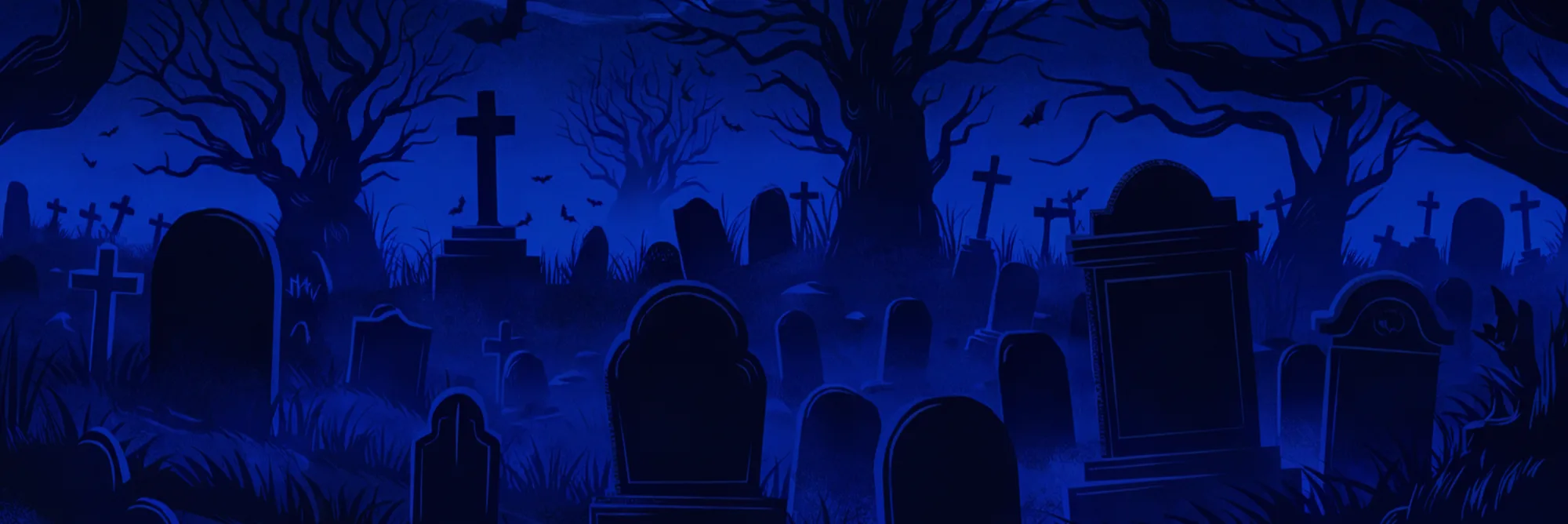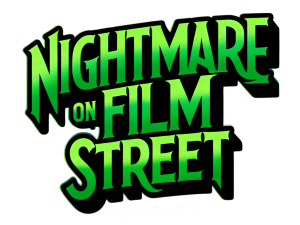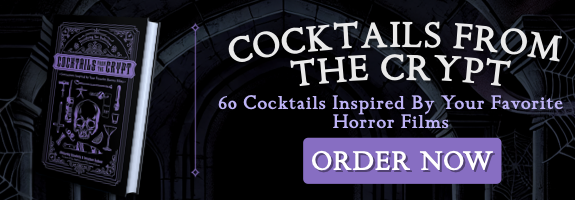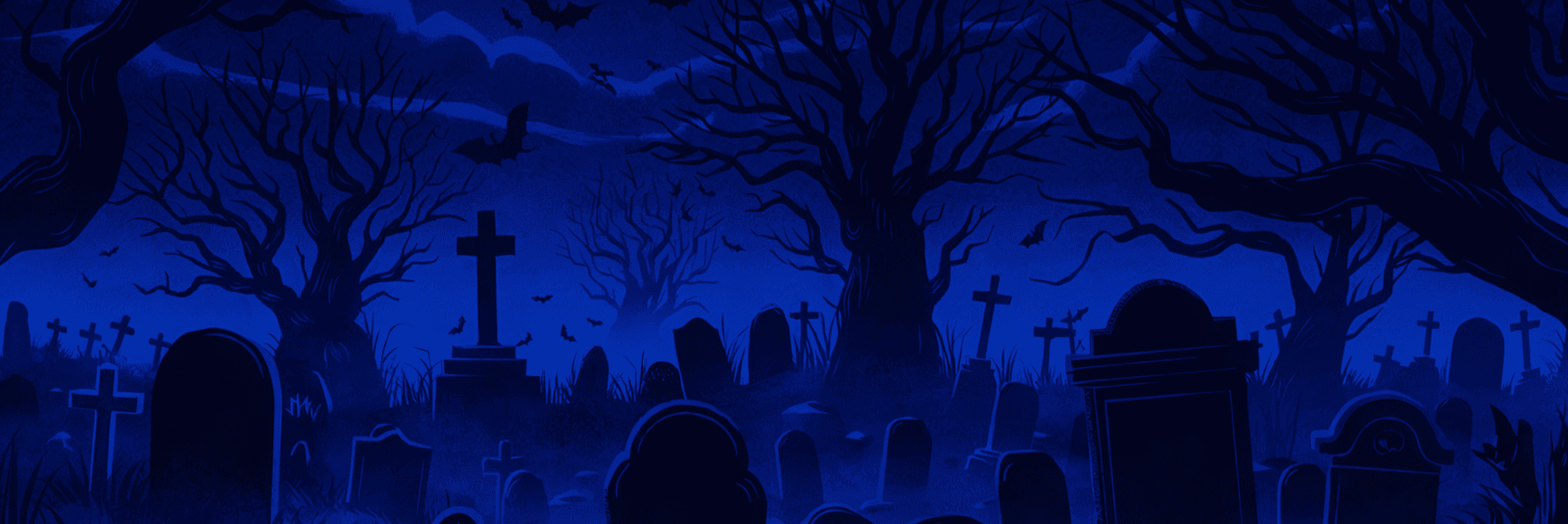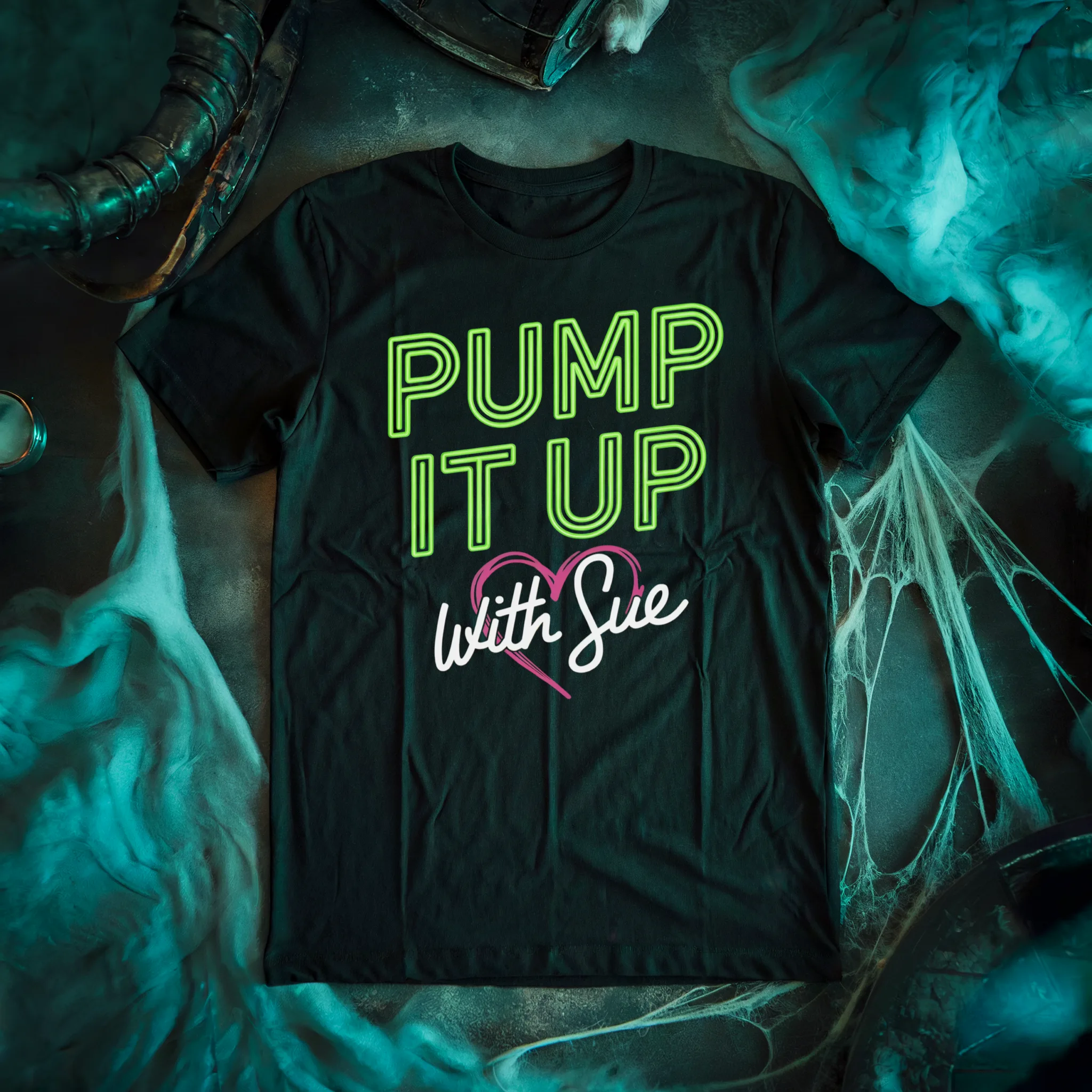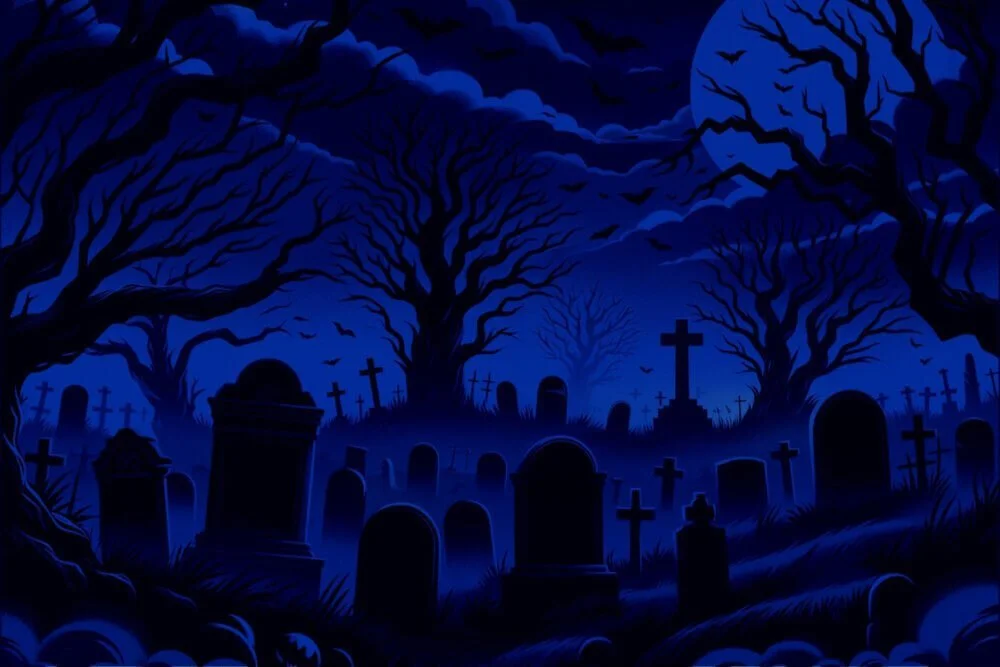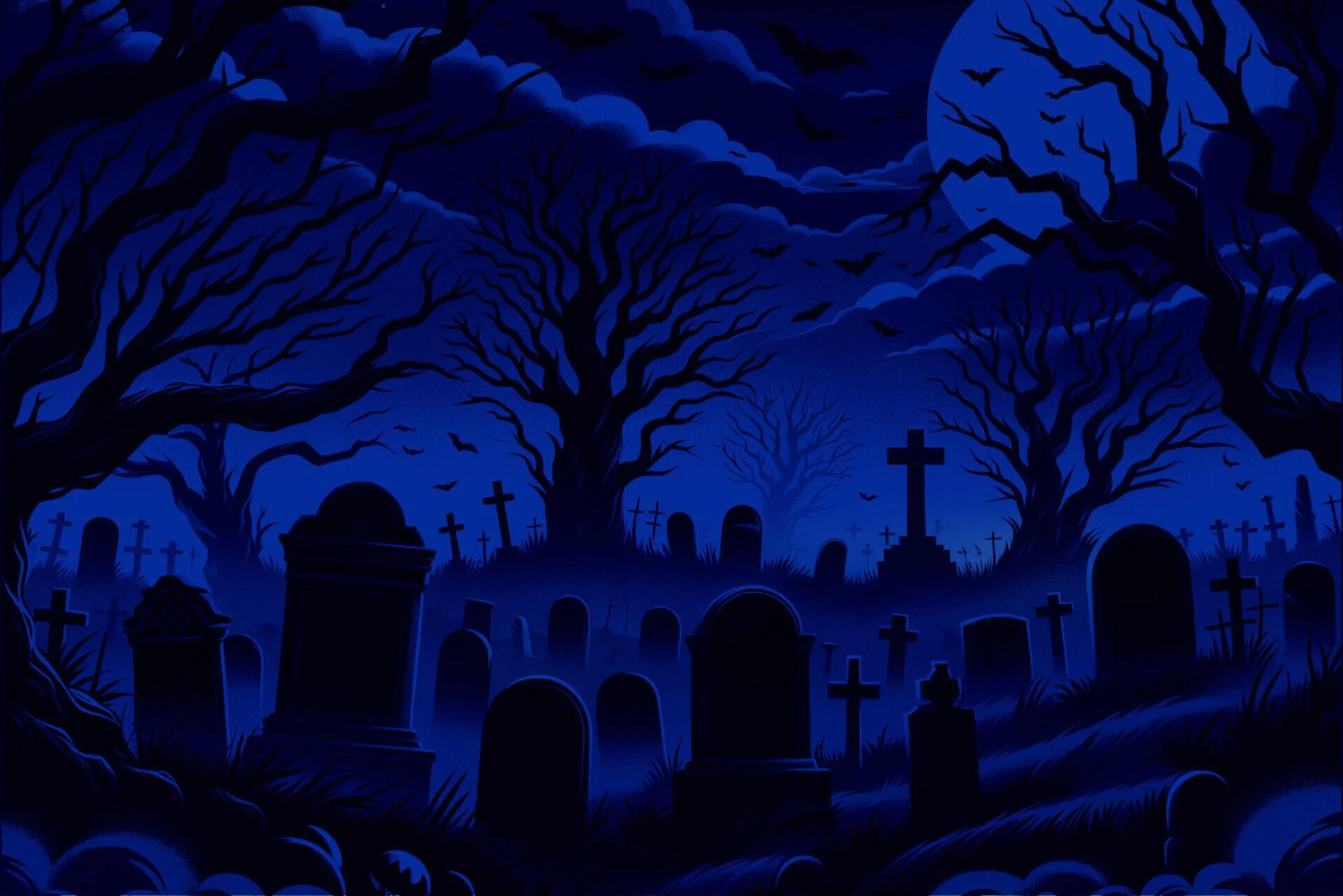Mary Shelley, Haifaa Al-Mansour’s new biopic focusing on the life of Frankenstein‘s creator, is a bit like the titular writer’s famous monster. It is awkwardly stitched together. It stumbles along unnaturally. All the pieces of a real life are there, the problem is that it doesn’t exactly come through.
I’ll start with where the film and the monster differ, their looks. Shelley is incontestably beautiful. Caroline Koener’s costume design is moody and chic, as historically appropriate as it is sexy. Through fashion, Koener differentiates the wild personalities of Mary’s literary circle from the drab, puritanical culture that surrounds them. Behind those characters is a magnificent Edwardian set, whose design was directed by Kevin Downey. Downey is an old pro at gothic fantasy, having designed sets for Penny Dreadful, Ripper Street, and even AMC’s The Terror. For its faults (which I’ll discuss in a moment), Shelley got its imagery right, making me believe in the kind of magic unique to a period piece.
Elle Fanning as Mary Shelley in MARY SHELLEY (Image via IMDb)
Also beautiful was the films’s cinematography. Cinematographer David Ungaro leans into the fact that Mary Shelley and her friends were all poets, creating memorable and tangible images of Shelley‘s world. His shots of nature are particularly striking, from auburn dusks and mossy forests, to purple lightning storms. However, it’s here where the movie’s problems begin. Beautiful as they are, they don’t really fit what’s going on. This problem extends well beyond the cinematography, and I think it’s where the movie loses me.
A good example of this is the script. Mary and her husband Percy Shelley lived in a rich, eloquent literary world and wrote rich, eloquent things. It makes sense that screenwriter Emma Jensen would want to incorporate that language into her dialogue. The thing is, she doesn’t succeed in accomplishing this naturally. Though it might reflect the dialect of the day, the dialogue is mostly there to repeat what we the audience already knows the characters are going through. It falls flat, as though the scene is just happening around it. Jensen also frequently incorporates voiceovers of the real words the Shelleywrote, and while these are, again, exquisite, they don’t really add to the story.
“The events of the film sometimes don’t feel really driven by the characters, but are happening in spite of them.”
That story is about Mary Wollstonecraft Godwin, who meets and runs away with Percy Shelley. The tale of their romance is full of drama, but as I mentioned earlier, it’s awkwardly stitched together. The events of the film sometimes don’t feel really driven by the characters, but are happening in spite of them. Take, for example, the moment Mary becomes pregnant with Percy’s child. The drama there is that Percy just left his first wife and child for Mary. How does the movie show this? When Mary tells Percy, the camera pans to Percy’s angry wife, who just happens to be in the same park at the same time. Similar situations pop up throughout the movie, and though they might convey important moments for the characters (and, in this case, historical truths), they ultimately take the story out of the hands of the characters who feature in it.
Not that those characters developed very much. Douglas Booth’s Percy is charming and dangerous, but isn’t much beyond that. He’s a spoiled brat whose only purpose seems to be to selfishly antagonize Mary. His character is annoying, but what’s more annoying is how the character’s arc ends. Percy ends up being the reason Mary gets credit for writing Frankenstein. Basically, publishers don’t want to put her name on the book, but he makes them. Now, I don’t know if that’s historically accurate, so maybe that’s why the filmmakers included it. It just left me feeling like the movie was trying to trick me into seeing him as a hero.
Also in this film is Mary’s half-sister Claire Clairmont. Claire is Mary’s best friend and worst enemy at the same time. She seems utterly devoted to Mary in one moment, and sleeps with Percy behind her back in the next. Actor Bel Powley does what she can with the part, but her purpose really only seems to be to once again relate to the audience just how terrible of a partner Percy Shelley was.
Bel Powley as Claire Clairmont, Elle Fanning as Mary Shelley, Douglas Booth as Percy Shelley, Tom Sturridge as Lord Byron in MARY SHELLEY
Oh, and for all of you Game of Thrones fans who are going to see this movie for Maisie Williams, prepare for disappointment. She’s in it for maybe three minutes total, and her part is the daughter of a man who owns a house in Scotland where Mary meets Percy. If that sounds like a forgettable part, that’s because it is.
There is one character in this movie that doesn’t disappoint, and appropriately, that’s Mary herself. Elle Fanning portrays a woman who is both rebellious and loyal, wild and thoughtful. With Mary, the movie does something really cool. It would be easy to show Mary gleefully bucking the patriarchy and coming to a happy end as a successful author, but the movie doesn’t water down her story like that. Mary Shelley lived in a breathtakingly unfair world, and her choices (inspiring though they were) lead to hardship.
“Elle Fanning portrays a woman who is both rebellious and loyal, wild and thoughtful. “
Here is where we get what’s really wonderful about Mary Shelley. Not only was she brave enough to live her life as she wanted, but she was tough enough to deal with the backlash that followed. Whether the men in her life were trying to use her or control her, she stood strong, and then continued to stand. The popular parts of Mary’s life are the lush parties and the drinking, the bodice-ripping and rule-breaking. What this film succeeds in portraying is a life that was not just scandal and sacrilege. It was Mary’s life, and it was tough. But she endured, and out of her endurance came success.
I came away from this movie disappointed, but I didn’t believe for a second that filmmakers didn’t love the subject matter. The dialogue was awkward, but I got the sense that the writers loved the words from that time. The story was jumbled and abrupt, but you could see that it was one that fascinated these filmmakers. The people behind this movie really love Mary Shelley, and if you do too, you should see it. You’ll appreciate their passion for the person. But in the end, the tragedy of Mary Shelley is the tragedy of Frankenstein’s monster. Not just that it was unnaturally put together, but that there was a human underneath. And that that human didn’t really get to live.
Mary Shelley will be released in the United States on May 25th, 2018 via IFC Films. For more on Mary Shelley and her monster, follow us on Twitter and Facebook. And as always, keep lurking at Nightmare on Film Street.
Frankenstein author Mary Shelley (Image via WikiMedia)
